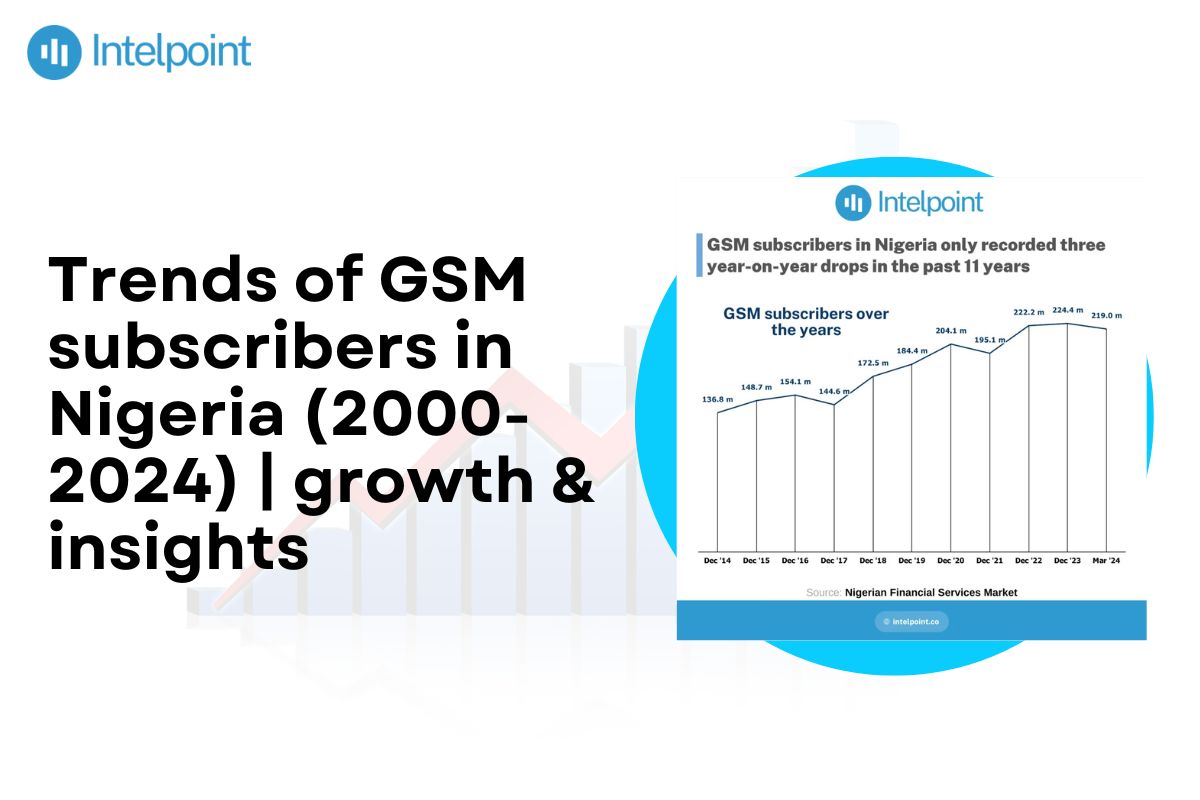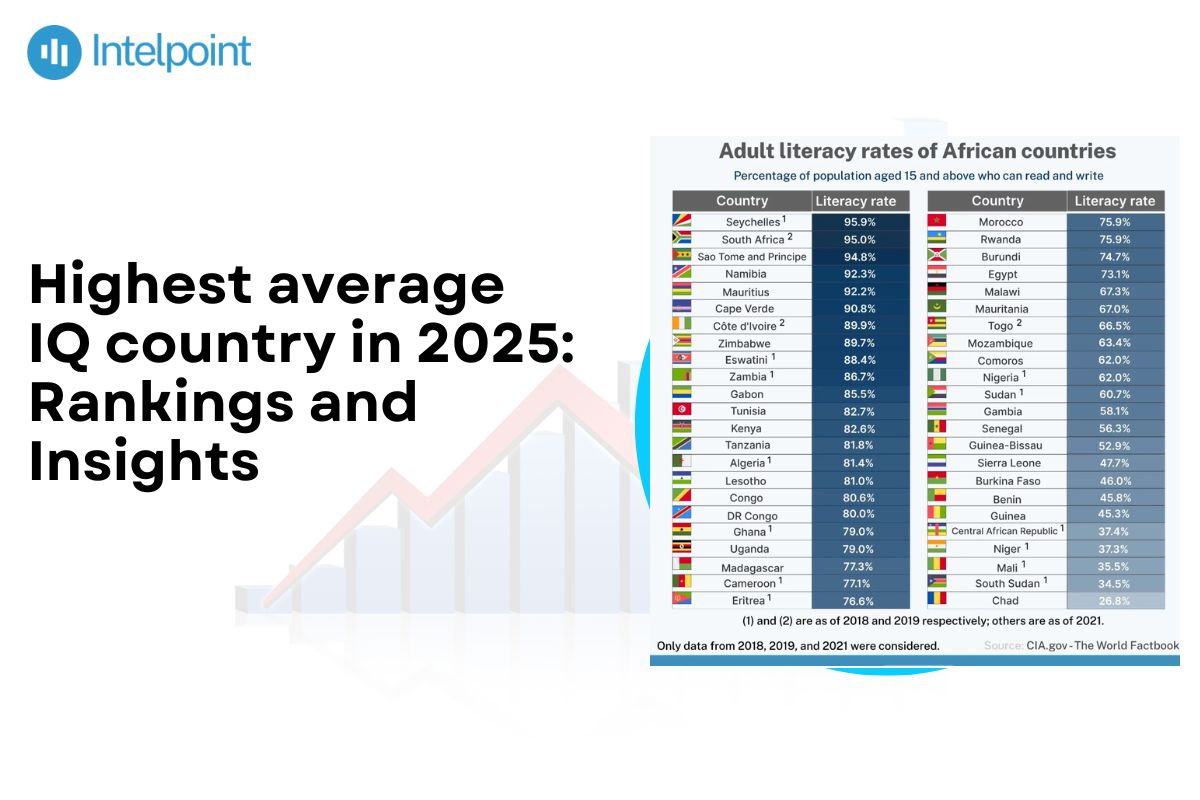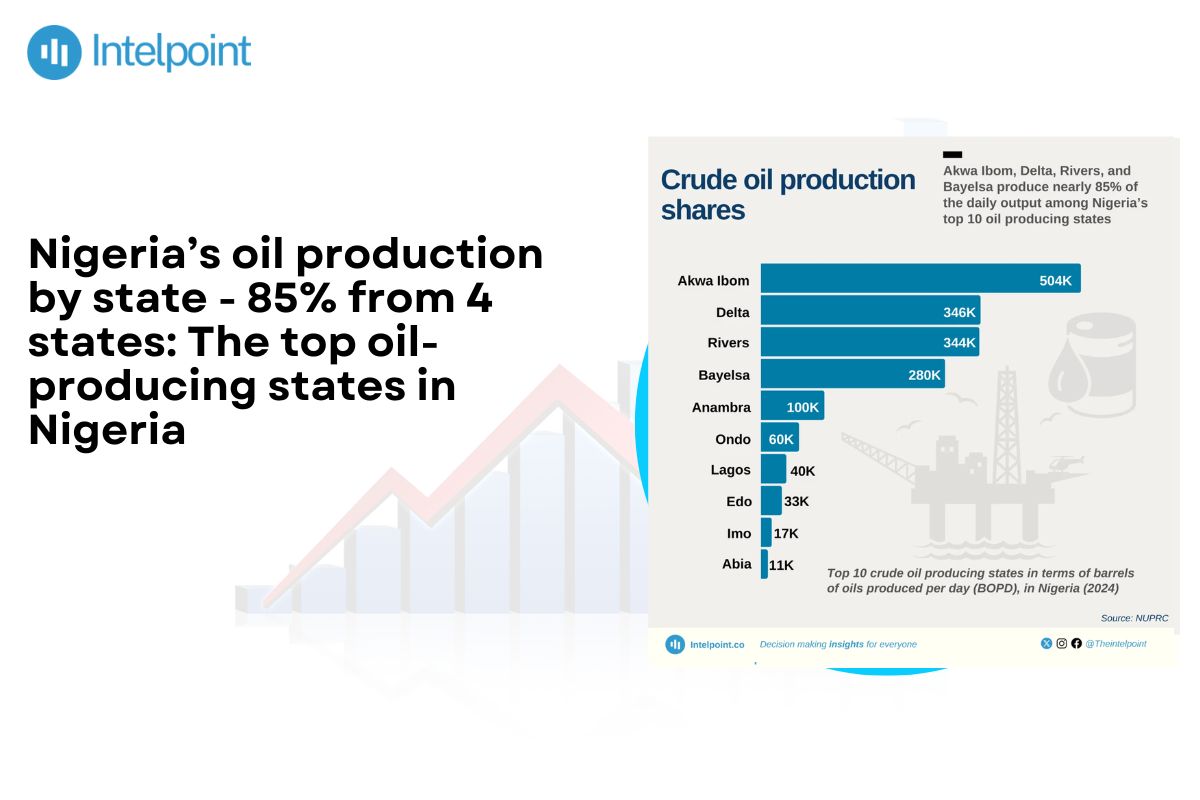
Since GSM technology debuted in 2001, Nigeria has been Africa's largest mobile market. There were 224 million cellular subscriptions in 2023, from 222 million subscriptions in 2022. There were 219 million GSM subscribers in Nigeria up to March 2024. The adoption of mobile GSM technology leads to internet connectivity with 134,279,501 live internet subscriptions up to the end of October 2024. However, 120 million Nigerians lack access to mobile internet due to infrastructure and unaffordability.
Here’s a detailed table summarizing the trends of the happiest African countries from 2000-2024
| Period | Subscribers (in millions) | Key Milestones |
| 2000-2005 | 0.5-20 | The introduction of GSM services in 2001, with rapid adoption, led to 20 million subscribers by 2005. |
| 2006-2010 | 20-80 | Expansion of network coverage and services; subscriber base surpasses 80 million by 2010 |
| 2011-2015 | 80-150 | Introduction of 3G services in 2011; subscriber count reached 150 million by 2015. |
| 2016-2020 | 150–200 | Continued growth with 4G LTE rollout; subscriber base exceeds 200 million by 2020.- |
| 2021-2024 | 200-224 | The introduction of 5G services in 2022 will increase subscriber count. |
Key takeaways
- 2000-2005: The subscriptions increased from 0.5 million in 2001 to 20 million in 2005.
- 2006-2010: The subscriber base increased from 20 million to over 80 million, with 3G growth in 2007.
- 2011-2015: The subscriptions rose from 80 million to 150 million with smartphone usage.
- 2016-2020: Subscriber numbers rose from 150 million to over 200 million with 4G rollout.
- 2021-2024: The subscriber numbers went up from 200 million in 2021 to 224 million in 2023, with 5G launched in 2022.
Trends of GSM subscribers in Nigeria from 2000-2024
2000–2005: Introduction and rapid adoption
Following the launch of GSM in 2001, subscriber growth in Nigeria intensified, and there were approximately 20 million subscribers in 2005. The period accounted for a dramatic increase from the pre-GSM era when there were 458,619 working lines. The subscriber base increased by 488.86% in 2002 from 1,569,050. The teledensity also increased from virtually zero in 1999 to 16.27 in 2005.
2006–2010: Expansion and network enhancement
GSM subscribers increased from 20 million to over 80 million due to improved network coverage and the rollout of 3G services in 2007. The penetration rate increased from 54% in 2006 to 57% in 2010, with connections growing on average 19% annually. Individual subscriber numbers rose 14% annually.
2011–2015: Technological advancements and subscriber growth
The subscriber base went up from 80 million to 150 million. 13% of the people of the country were covered under 3G subscriptions by 2015. The mobile had more than 99% of the telecom subscribers, with 44% of the share with MTN. 140.8 million of the country's telecom subscribers, 98.37% of them on mobile GSM, existed by January 2015. The teledensity went up from 68.49 in 2011 to 99.32 in December 2014.
2016–2020: 4G Rollout and market maturity
GSM subscribers expanded from 150 million to more than 200 million. By the end of 2020, there were 200.7 million active SIMs in Nigeria. Mobile internet subscriptions also significantly increased, with 99% of the country's population covered by mobile. Over 99% of all telecom subscribers used mobile services. Broadband penetration rose to 45.93% in 2020, and the teledensity reached 107.14% in December 2020.
2021–2024: 5G Introduction and subscriber milestones
GSM subscribers increased from 200 million in 2021 to 224 million in December 2023. 5G, with its super-high speeds, was made available in 2022. The nation had 219 million GSM subscribers in March 2024. There were 134,279,501 mobile internet subscriptions in October 2024.
Conclusion
Nigeria recorded about 0.5 million subscribers in 2001 and about 224 million subscribers in 2023. This country's rapid increase in mobile connectivity was due to massive technological innovations such as 3G, 4G, and 5G, which further facilitated access to data and the use of such services.
FAQs
How many GSM subscribers are there in Nigeria?
As of March 2024, Nigeria had about 219 million subscribers of GSM.
What is the history of GSM in Nigeria?
The introduction of the Global System for Mobile Communication Services (GSM) in 2001 revolutionized mobile phone use over fixed-line communications in Nigeria. The deregulation of the mobile phone market gave birth to some GSM network providers: MTN Nigeria, Airtel Nigeria, Globacom, and 9mobile—formerly known as Etisalat. This transition saw an exponential increase in mobile phone use, mainly replacing the unreliable fixed-line services of Nigerian Telecommunications Limited (NITEL).
How many mobile phone users are there in Nigeria?
Nigerians had over 205 million mobile connections, or more than 91% of the population.
How many people are subscribed to the internet in Nigeria?
About half of the entirety, 103 million internet users, were registered in Nigeria in January 2024.




